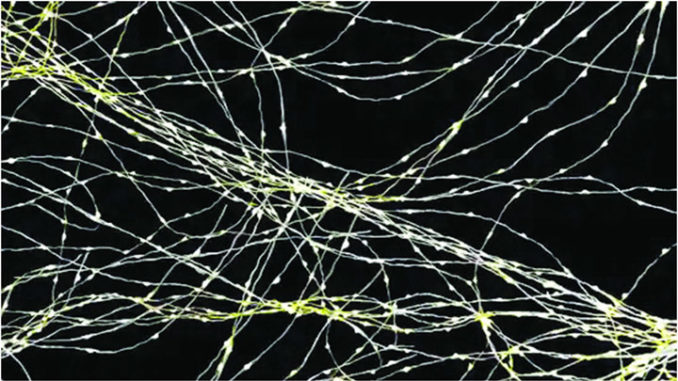
Scientists during a recent study have achieved a breakthrough in being able to predict the behaviour of neurons in large networks operating at the mysterious edge of chaos. New research from the University of Sussex and Kyoto University which was published in the journal Nature Communications outlines a new method capable of analysing the masses of data generated by thousands of individual neurons.The new framework outperforms previous models in predicting and assessing network properties by more accurately estimating a system’s fluctuations with greater sensitivity to parameter changes. As new technologies allow the recording of thousands of neurons from living animals, there is a pressing demand for mathematical tools to study the non-equilibrium, complex dynamics of the high-dimensional data sets they generate. In this endeavour, the researchers hope to help answer key questions about how animals process information and adapt to environmental changes. The researchers also believe their work could be effective in reducing the massive computational cost and carbon footprint of training large AI models – making such models much more widely available to smaller research labs or companies.





Be the first to comment